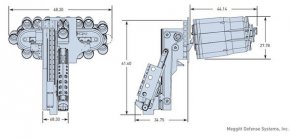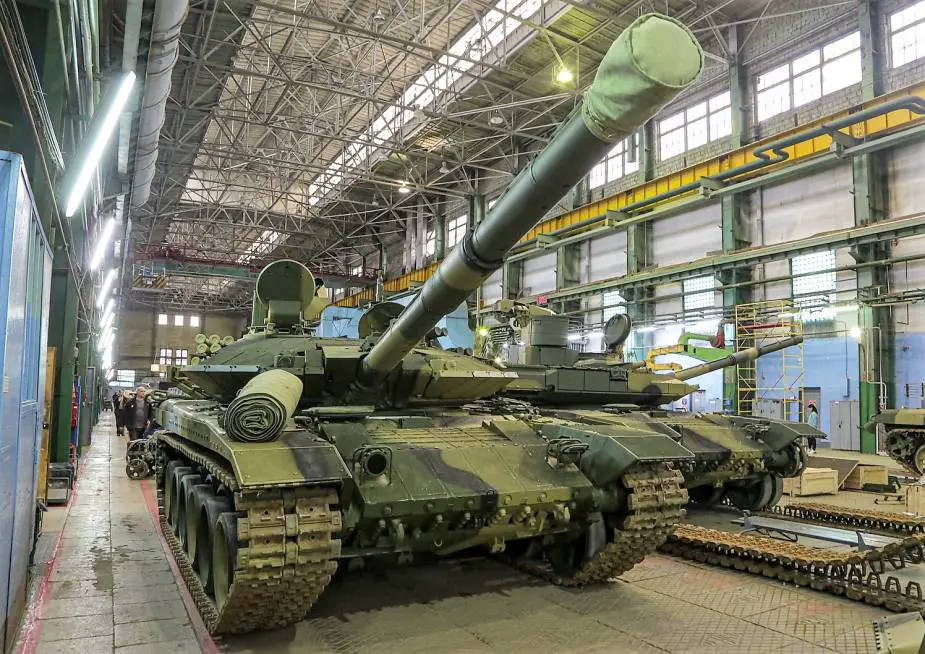On day 42 of the Russia-Ukraine war, the Pentagon assessed that Russian forces have completely withdrawn from the Kyiv and Chernihiv areas, senior defense official says. Pentagon has seen reports that Ukraine has surrendered Mariupol, “but we do not assess that that has happened,” senior defense official says.
One of the reasons the Pentagon announced last night another US$100 million in weapons transfers to Ukraine is because there was an “urgent need” for Javelins in the Donbas and the Ukrainians want to be ready.
Meanwhile, I am still waiting release of latest day 42 deployment maps from the open source community, including by Jomini of the West and Nathan Ruser. Things are going to get even more complicated for Russia.
Please explain a lot more, because I am not buying the glossy Russian brochure for the Armata — I don’t believe they have all the kinks worked out in this new technology.
@Feanor will know more than me on the production status.
The Armata claims for its 2A82-1M 125 mm main gun to be superior to the Rheinmetall L55A1,120 mm gun seem to be incredible (or borderline science fiction). The claims imply a ‘break through’ in materials science that is very unlikely.
The Rheinmetall L55A1’s pressure increase is vital to obtain the performances increases that the the DM73 round will bring (i.e. a 8% performance increase over current DM53/DM63 rounds). Qatar placed an order with the Germans for 62 Leopard 2A7+s and Hungary ordered 44 Leopard 2A7+s — the above is a lot of modern electronics in a latest generation German tank. Not sure how much access Russia has to electronics after all the sanctions and attempts to prevent tech transfers to Russia.
One of the reasons the Pentagon announced last night another US$100 million in weapons transfers to Ukraine is because there was an “urgent need” for Javelins in the Donbas and the Ukrainians want to be ready.
Meanwhile, I am still waiting release of latest day 42 deployment maps from the open source community, including by Jomini of the West and Nathan Ruser. Things are going to get even more complicated for Russia.
Really?The Armata I believe is intended to rectify various shortcomings; for one it has a bustle loader and if I'm not mistaken ammo and charges aren't placed unprotected.
Please explain a lot more, because I am not buying the glossy Russian brochure for the Armata — I don’t believe they have all the kinks worked out in this new technology.
@Feanor will know more than me on the production status.
The Armata claims for its 2A82-1M 125 mm main gun to be superior to the Rheinmetall L55A1,120 mm gun seem to be incredible (or borderline science fiction). The claims imply a ‘break through’ in materials science that is very unlikely.
The Rheinmetall L55A1’s pressure increase is vital to obtain the performances increases that the the DM73 round will bring (i.e. a 8% performance increase over current DM53/DM63 rounds). Qatar placed an order with the Germans for 62 Leopard 2A7+s and Hungary ordered 44 Leopard 2A7+s — the above is a lot of modern electronics in a latest generation German tank. Not sure how much access Russia has to electronics after all the sanctions and attempts to prevent tech transfers to Russia.






